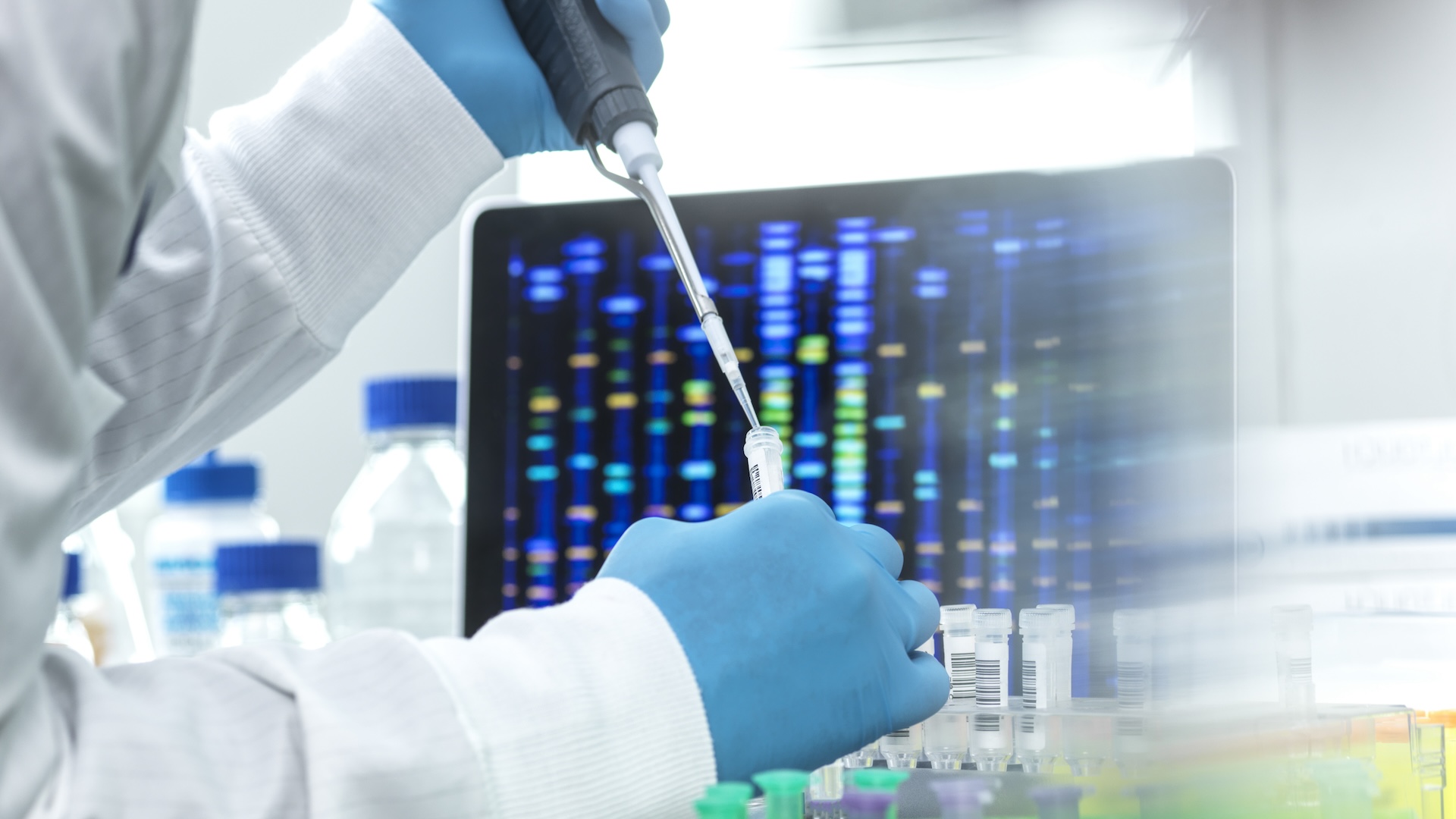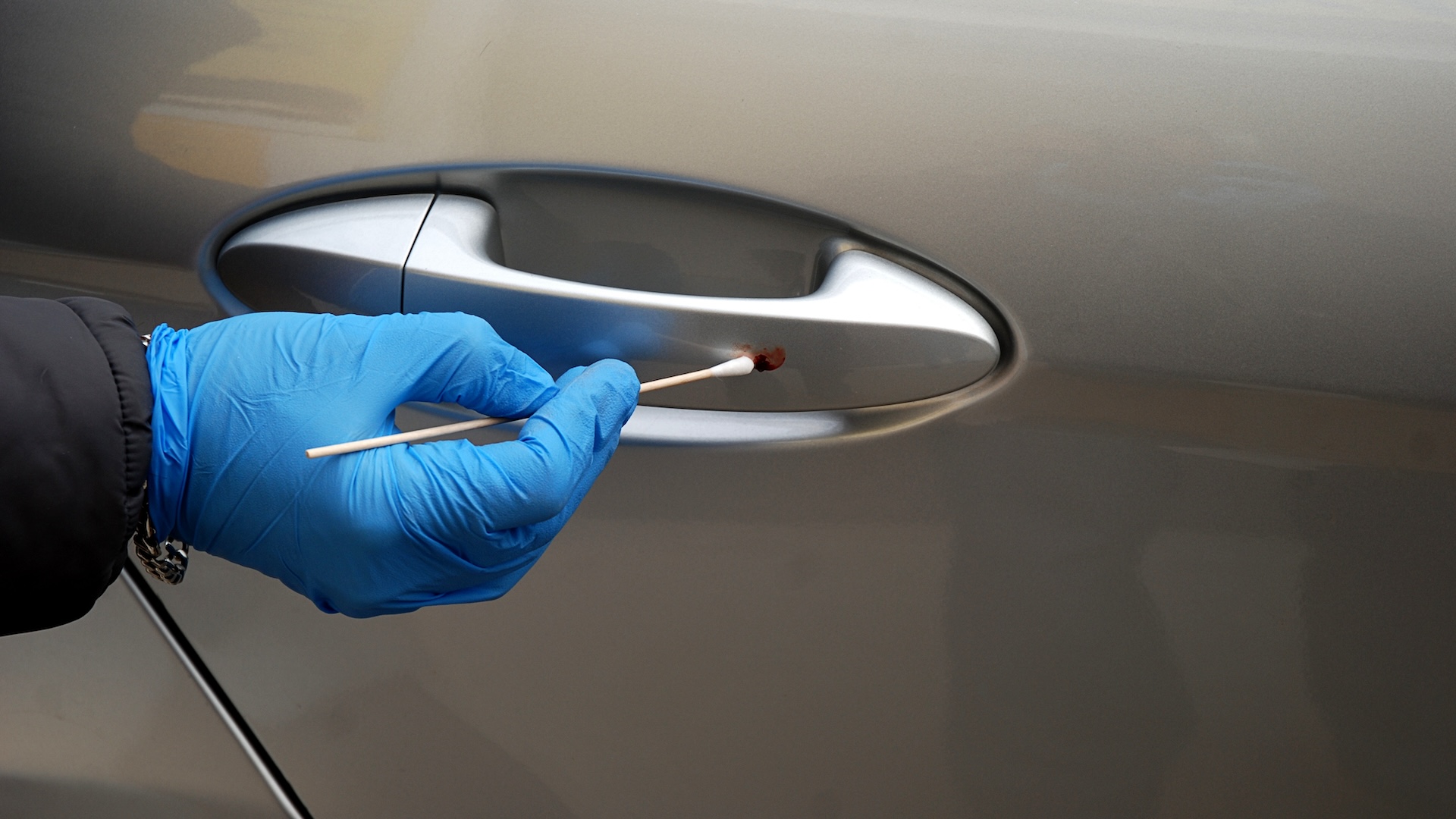
When it comes to linking a suspect to a crime, most people assume that DNA evidence is nearly irrefutable. DNA carries a unique fingerprint, so if a suspect's genetic code is matched to DNA found at the crime scene, then they must have been there — right?
A new study highlights why it's not always that simple.
The study, published online Sept. 28 in the journal iScience, found that a common DNA test used in forensics is more likely to produce "false positive" results for certain groups of people. False positives, in this context, would incorrectly match DNA found at a crime to a person who was not involved in the event.
Notably, though, the study comes with caveats, and forensic scientists are already aware of the limitations of this test, experts told Live Science.
What the study found
The new research focuses on "DNA mixture analysis," which is used to identify suspects from a DNA sample containing the genetic material of multiple people. For example, if there's a door handle at a crime scene, there could be traces of DNA left by all of the people who recently touched that handle.
Mixture analysis doesn't give a simple "yes" or "no" to whether a person was present for a crime. The technique involves computer software that estimates how likely it is that someone's DNA contributed to a given mixture. As a part of a criminal trial, that likelihood estimate might then go to a jury, along with other evidence, according to the National Institute of Standards and Technology (NIST).
Mixtures of DNA are more difficult to interpret than DNA samples left behind by only one person. The mixtures also become increasingly difficult to interpret as the number of people increases, the amount of DNA from each decreases, and the DNA degrades, according to NIST. DNA analyses look for specific telltale "markers" in the molecules, so as DNA degrades, those markers are lost.
On top of these limitations, researchers have now confirmed that DNA mixture analysis is less accurate for people with lower genetic diversity — meaning individuals from a demographic that shares very similar DNA.
"Our work shows that we need to be cautious in interpreting results from forensic analysis of certain mixtures of DNA," study lead author Rori Rohlfs, a data scientist at the University of Oregon, told Live Science in an email. "We certainly need to weigh the strength of evidence by its reliability. It is possible that a wrongful conviction could have been made based on a misinterpreted DNA mixture analysis."
To demonstrate this, Rohlfs and her colleagues ran computer simulations using data from a genetic database. The data came primarily from a 2016 study that had aggregated data from 250 studies that collectively included 500,000 people, representing 466 populations from around the world.

The team used these data to generate genetic profiles and DNA mixtures including people of different ancestries. The likelihood of a false positive result increased for the members of groups with lower genetic diversity. That means their DNA was more likely to be matched to the mixture found at the simulated crime scene when it wasn't actually in it.
The problem worsened when the number of contributors in the mixture increased. For about 40% of the mixtures with three people, the rate of false positives was about 1 per 100,000 samples, Rohlfs explained.
"While that number may seem small, we need to interpret it compared to the number of samples analyzed," Rohlfs said. "For example, if a lab analyzes 10,000 samples where the POI [person of interest] didn't contribute DNA, then there is a 1 in 10 chance that one of them would be misinterpreted that the POI did contribute."
By comparison, the false positive rate jumped to as high as 0.93% — approaching a 1-in-100 chance — with mixtures involving six contributors who all had relatively low genetic diversity.
Is this surprising?
The study authors based their study on computer modeling that generated genetic mixtures for analysis. Because of this, they didn't identify specific racial or ethnic groups that are most likely to be affected; they were simply demonstrating a general principle.
Groups that might have relatively low genetic diversity include Indigenous groups and Pacific Islander groups, according to a statement released by the University of Oregon.
Live Science asked two genetics professors who were not involved in the study for their thoughts on its findings.
Overall, the study's results are "unsurprising, but it's good to see this confirmed with rigour," Mark Jobling, a professor of genetics at the University of Leicester in the U.K., told Live Science in an email.
"The ancestry of contributors to a mixed profile can affect the chance of wrongly including someone as a contributor to the mix," Jobling said. This chance could be reduced by raising the statistical threshold at which some of these results are deemed useful, he added.
Denise Syndercombe Court, a professor of forensic genetics at King's College London, went further, telling Live Science that the study's findings are already accounted for and that forensic scientists should already be interpreting such evidence appropriately.
"The authors have identified issues that are well understood and accounted for by forensic practitioners in their assessment of mixtures that will be significantly more complex and varied than those analysed in this publication," Court said in an email. "There do not seem to be additional messages from this publication that the forensic community need to be aware of."
Ever wonder why some people build muscle more easily than others or why freckles come out in the sun? Send us your questions about how the human body works to community@livescience.com with the subject line "Health Desk Q," and you may see your question answered on the website!







